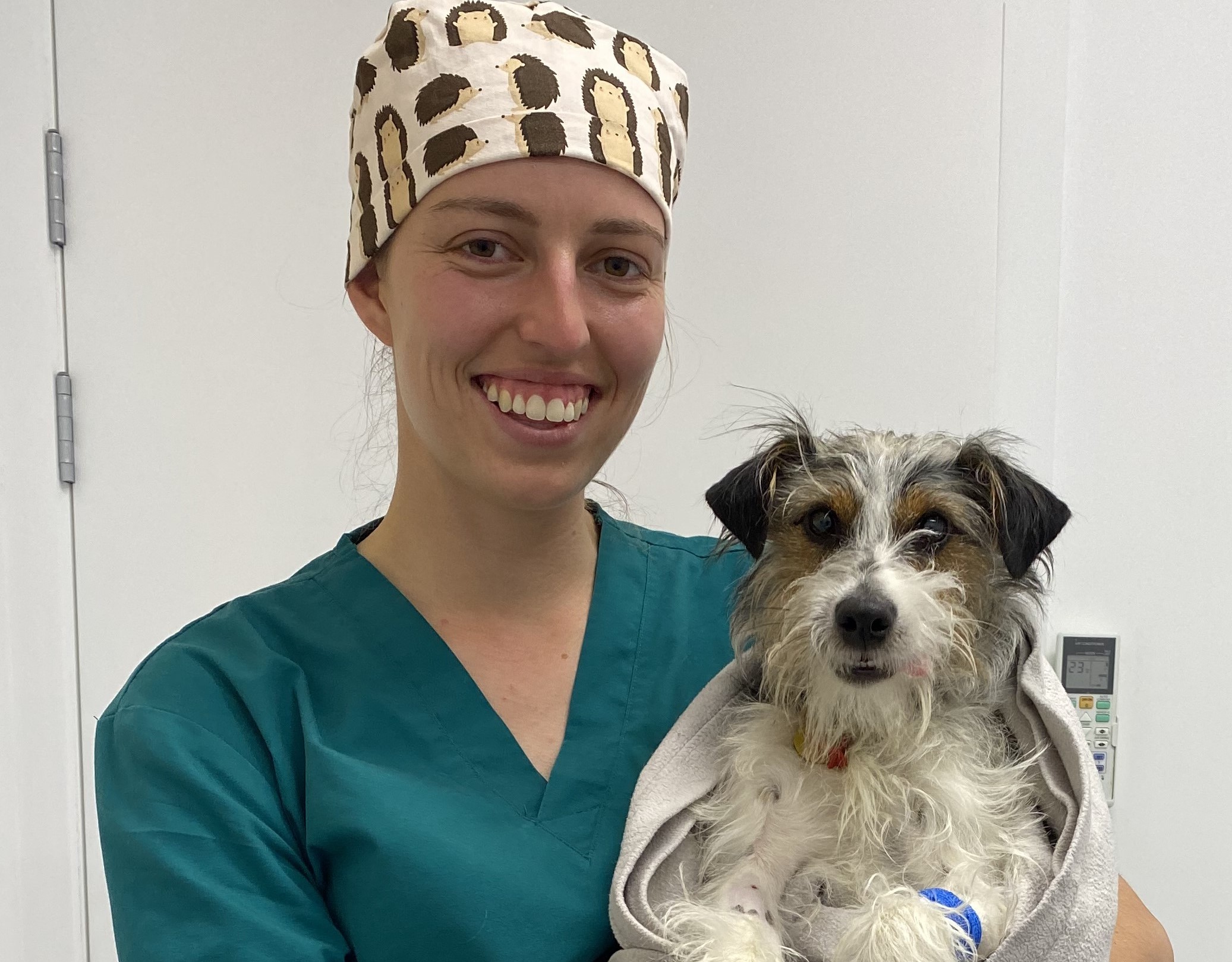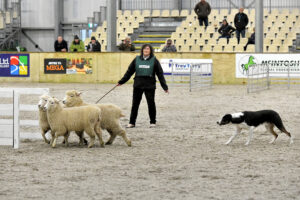By Stephanie Reid BSc (Hons) BVSc
While we won’t remember this summer for long days at the beach or sunburn, it is remarkable to see green grass at this time of year.
Although, along with this green grass we have noticed an increase in call outs for “wobbly calves”.

A couple of the repeat offenders we’ve seen recently are Paspalum Staggers and Vitamin B1 or Thiamine deficiency.
Paspalum Staggers occurs when cattle ingest the paspalum seed heads infected with an ergot fungus. The fungus initially starts out sticky and green then becomes black when mature, typically occurring under warm, humid conditions. In high enough doses, ingestion of the mature fungus can lead to neurological signs. This is most commonly seen in calves, as due to their smaller size, less needs to be ingested to reach toxic levels.
Signs may include head shaking, muscle tremors and inco-ordination – if animals are stressed or overstimulated, they may end-up falling over. Indirect consequences may include dehydration and poor growth rates as animals are unable to graze effectively or make their way to troughs to drink, as well as injury due to misadventure.
In more extreme cases, animals may go down permanently, suffer paddling convulsions, and eventually die.
There is no specific treatment or antidote for paspalum staggers. In less severe cases, recovery is usually achieved by removing animals from toxic pasture and feeding an alternative feed source such as hay. More severely affected animals may need veterinary attention to initiate supportive therapies such as fluid and anti-inflammatories.
Vitamin B1 or Thiamine is required daily by cattle, normally this is produced in the rumen by bacteria. However, in some cases, other types of bacteria that produce thiaminase (thiamine destroying) enzymes can proliferate within the rumen leading to deficiency. This most commonly occurs when cattle change from a low-quality, high fibre diet to one containing high carbohydrates i.e. lush pasture.
A lack of thiamine causes the brain to swell, resulting in signs such as depression, inco-ordination, blindness, “star-gazing” and, if allowed to progress, the animal will end up in a characteristic position known as opisthotonos with their head arched backwards and legs outstretched prior to death.
Treatment consists of B1 injections twice daily for at least 3 days. Prognosis depends on the severity of signs. Some animals may end up with permanent brain damage, therefore prevention is better than cure.
Methods to prevent thiamine deficiency include avoiding sudden changes in diet, particularly if going on to high quality feed, providing a fibre source when feeding high carbohydrate diets, and supplementing thiamine using an oral drench during risk periods.
– Supplied by Franklin Vets




